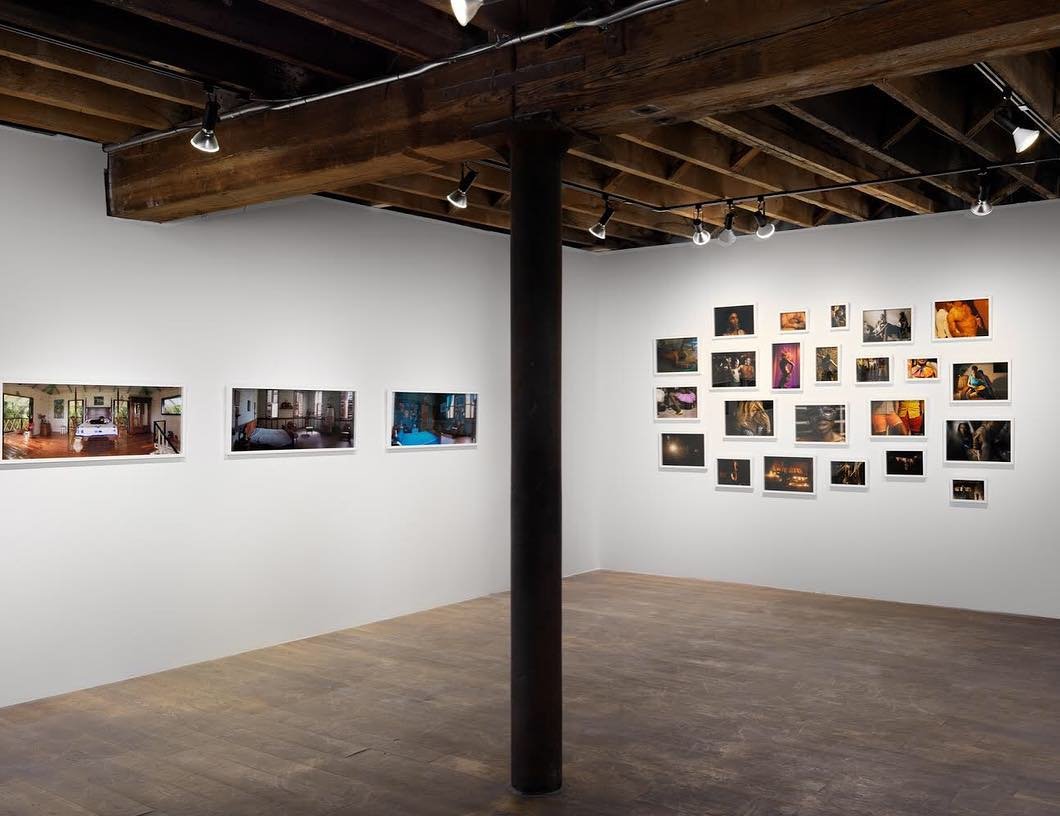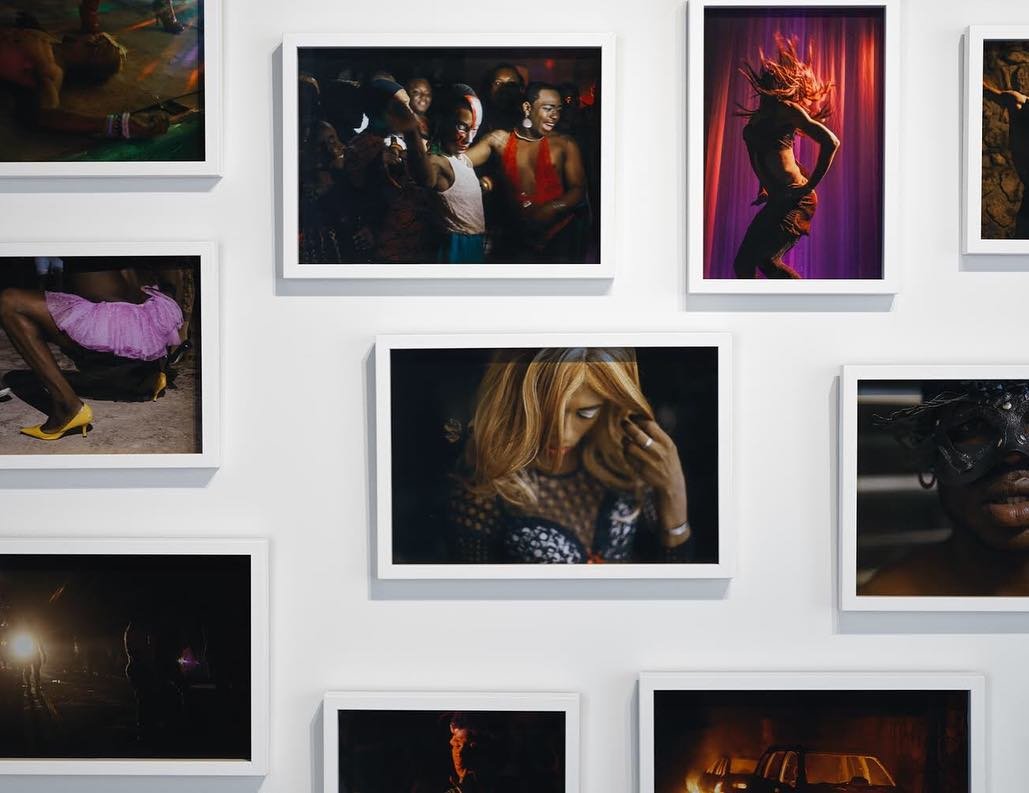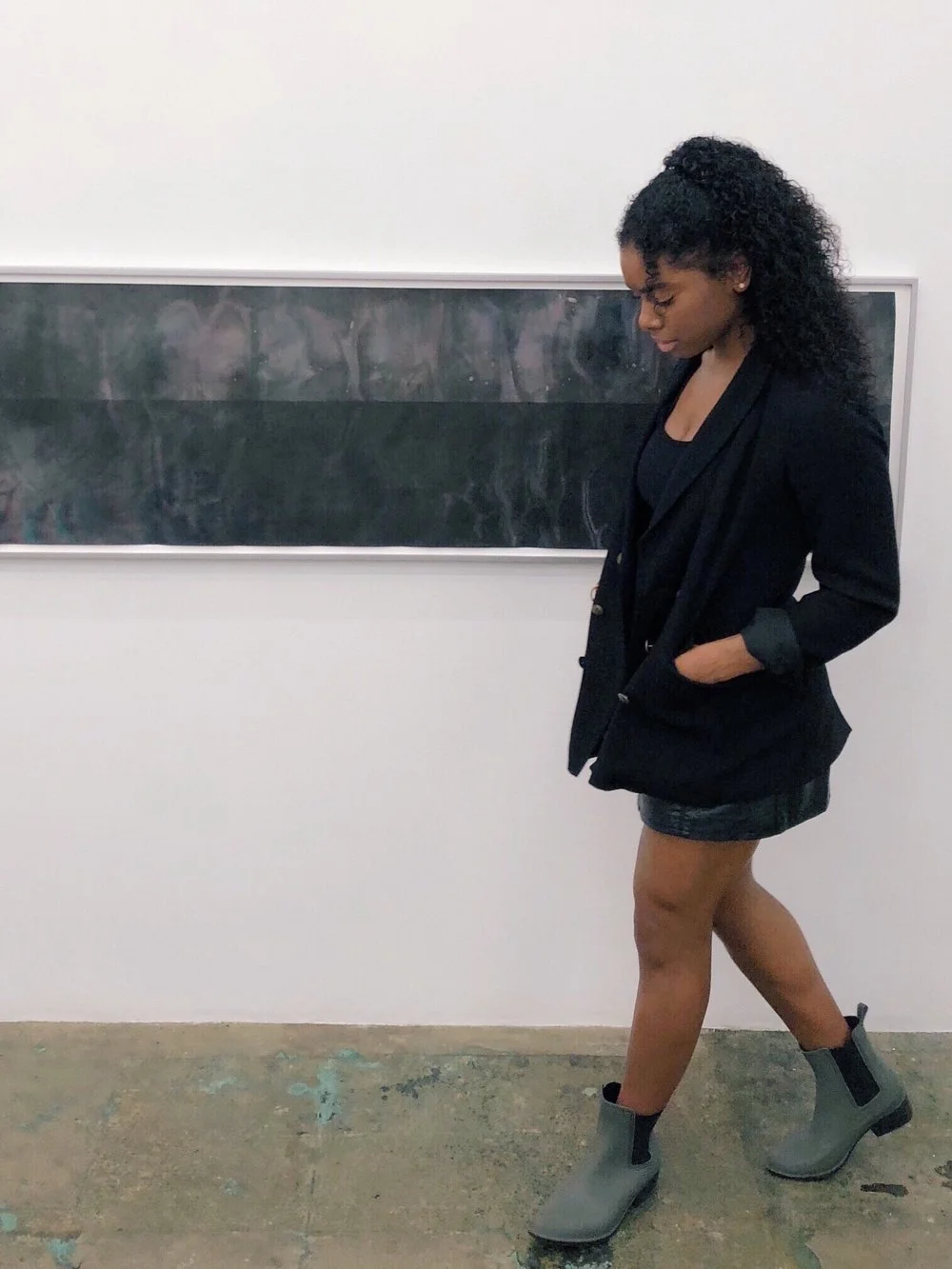Exhibition Review: Pòtoprens at Pioneer Works
This week, I attended the opening reception for Pòtoprens: The Urban Artists of Port-au-Prince, an exhibition displaying the work of over 25 artists from the Haitian capital. Perfectly timed, as I had just returned from a trip to Haiti (which included plenty of time in Port-au-Prince), I was excited to see the art on display.
Pioneer Works
Image credit: © ARTRIBUNE
This was my first time visiting Pioneer Works, a cultural arts center in Brooklyn, dedicated to experimentation, education, and production across artistic mediums. It’s a great gallery space and outdoor garden that also hosts resident studios for emerging artists. The space used to be an abandoned industrial factory, so the high ceilings and exposed brick make the space extra unique.
Pioneer Works is a non-profit that dedicates much of its funds to community engagement and cultural outreach. Along with the artwork on display, culinary events and musical performances surrounded the theme of the exhibition throughout its opening week.
Exhibition Review
Opening night receptions at art galleries, especially in Brooklyn, are usually lively events…and this was no different. A large crowd gathered to see the works on display, which consisted of painting, sculpture, embroidery, video, and even performance art. Complimentary posters and postcards, plus free wine and beer ensured that it would be an enjoyable night.
Sculpture was the main event. The largest, most captivating pieces were anthropomorphic figures made with found materials such iron, rubber, and wire. The repurposing of materials was a common theme throughout the show.
Another prevalent theme was religion. Particularly Christianity and Voodoo. While many Haitians do not openly practice or follow Voodoo, it is a national influence on the culture, and therefore, the art. This was seen in the extravagantly embroidered skull pieces on display. There was also a narrative piece that evoked nativity scene vibes—featuring four skeletoid sculptures—which displayed a melange of both religions. The spiritual intensity and skull motifs combined with Madonna poses and tulle drapery, suggested the influence of both religions (often deemed contradictory) in a blunt yet quite harmonious way.
There was a photography display on Port-au-Prince’s queer community that was elegant, vulnerable, and empowering. The film portion of the exhibition included a documentary on the deportation of Haitians from the United States, many of whom were born and raised in the US, and had never even been to Haiti. It brought up questions of identity, nationality, and justice surrounding the two countries and their often strenuous relationship. This film was particularly poignant considering the current political climate.
There was a brilliant performance art piece: the recreation of a Haitian barber shop, that looked exactly like one you would see in Port-au-Prince. Visitors could actually even have their hair cut by barbers working during the show. There was Haitian music playing by radio and a there was even a poster of the Brazilian soccer team on the wall (it is a long-running cultural inside joke that Haitians are avid supporters of Brazil’s team because their own team isn’t strong, and Brazil has a number of Black players), which was a brilliant touch. The exterior of the shed (featuring painted portraits of celebrities, a typical form of advertisement and attempted mark of legitimacy for barbershops and beauty salons across Haiti) pointed to the importance that Haitians place on art in their everyday surroundings, something I witnessed and can confirm from my own travels to the country.
Image credit: © Pioneer Works
I really enjoyed this exhibition, especially for bringing attention to forms of art many were unaware existed in Haiti. The works pointed to the creativity and resourcefulness of the artists. Many works also confronted important political and social issues. I would highly recommend this exhibition to anyone interested in Haitian art or simply looking to expand their horizons on contemporary art from cultures often deemed periphery. This exhibition will be on view until November 11, 2018.















